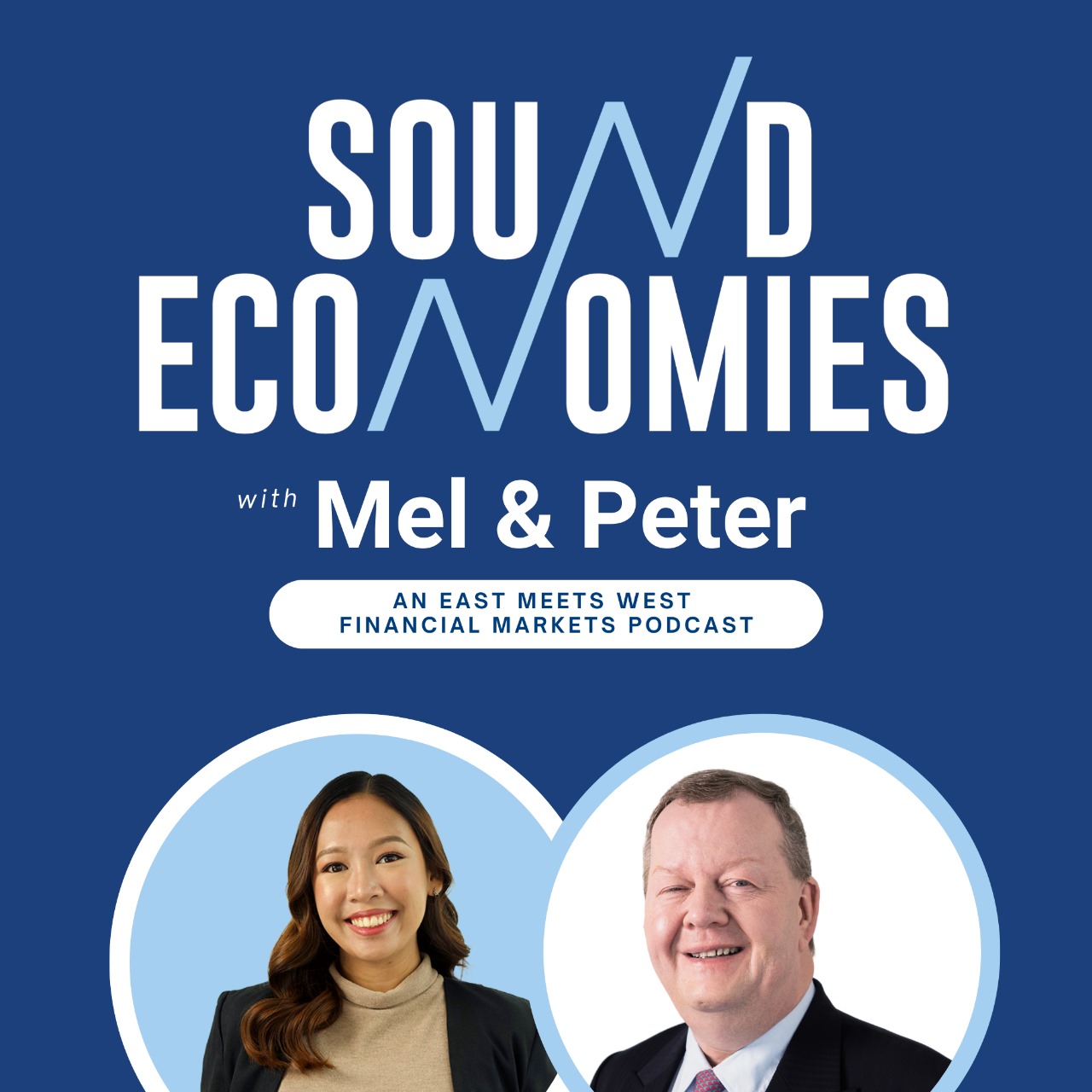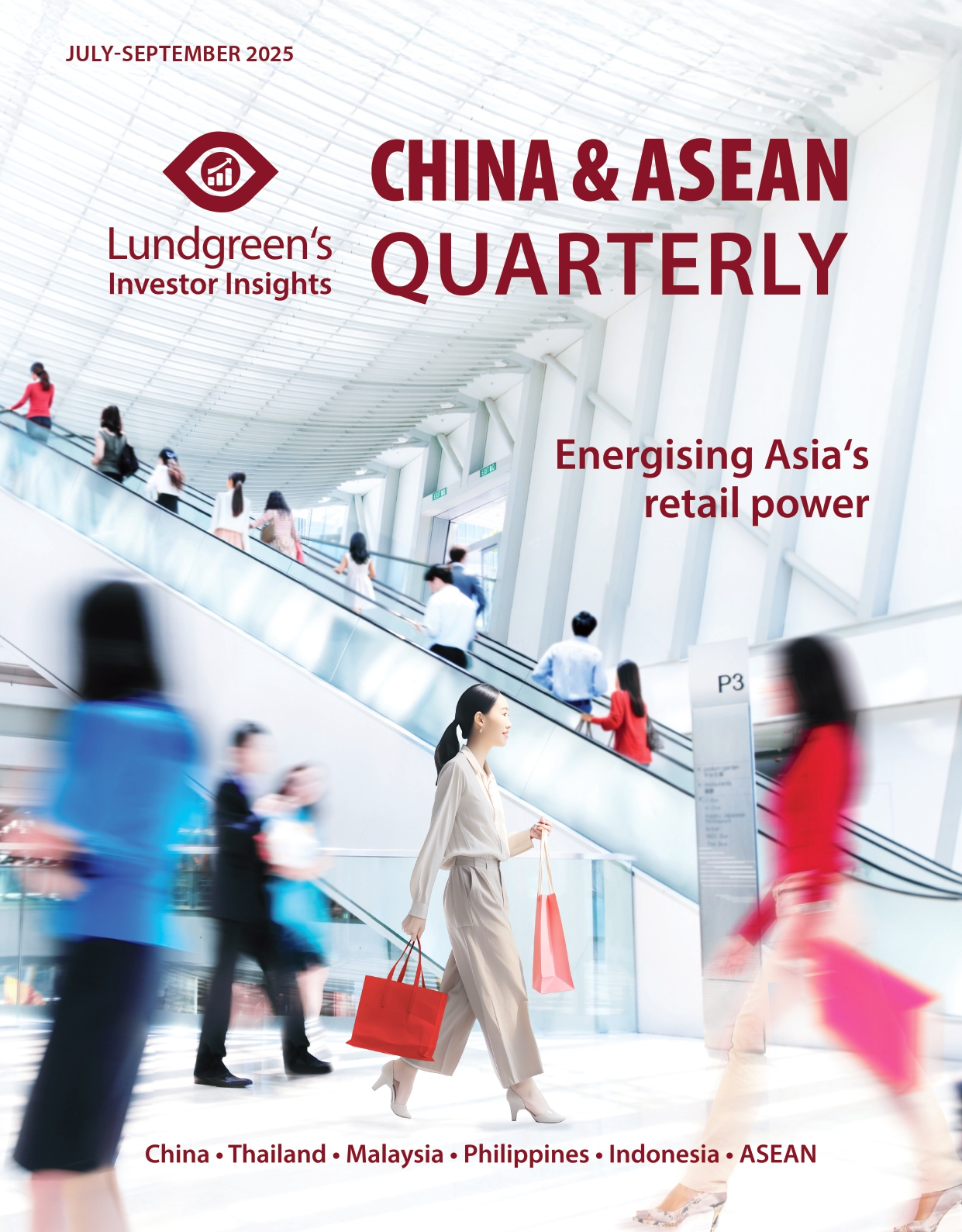Latin America amid the US’ intensified trade war
March saw the implementation of additional trade duties made by US President Donald Trump, staring with the 25 per cent tariff on Mexican and Canadian products along with an extra 10 per cent tariff on Chinese goods. Trump also threatened to impose tariffs on Colombian products if the country refuses to accept the return of illegal immigrants, alongside blanket “Liberation Day” tariffs on all its foreign trade partners.
We have seen the Brazilian real soften against the US dollar with a 14.8 per cent decline, from 5.01 in April 2024 to 5.76 at end-March 2025. Last year, the real was hailed the world’s worst performing currency. How should investors view assets in the region amid this escalating trade war?
Dealing with US tariffs
Trump’s trade restrictions and the retaliatory tariffs set by its trade partners could serve as a catalyst for Latin American countries to diversify their partnerships and reduce their dependence on the US. This approach could yield significant benefits, particularly in the medium term. Since China is a key target of Trump’s policies, Latin American nations could step in to absorb part of US exports to China and negotiate more robust bilateral trade agreements.
Graph 1 shows that approximately 60 per cent of Brazil’s exports are sent to the rest of South America and to China, indicating room to broaden trade deals especially for agriculture and food products. Soybeans stand out as a key commodity, with Brazil already a major exporter to China and poised to expand its market share given the record harvest expected this year. Brazil also has room to increase beef and chicken exports to the Mainland. Similarly, Argentina and Paraguay could send more of their corn, beef, and pork produce. However, to fully capitalize on this trade war, these countries must invest in increasing productivity as their main export items currently have limited production capacity and a narrow surplus. For investors, companies in these sectors may present promising growth opportunities.

Trump has also been using tariffs as a tool to pressure other countries into aligning with his policies on immigration and against drug trafficking. For example, he announced sanctions against Colombia after President Gustavo Petro criticized the new US immigration policy and refused to authorize the landing of US military planes carrying deported Colombian citizens. This strategy can directly impact Latin American stocks and bonds by increasing market volatility, reducing investor confidence, and driving capital flows out of the region in search of safer assets. Higher volatility in Latin American markets may lead to increased risk premiums on their bonds and fluctuations in stock prices as investors react to trade disruptions. However, more aggressive investors may see take opportunity to enter these markets in pursuit of long-term positions and higher future premiums.
Other countries are not so easy to bend with such tactics as they have taken a more aggressive stance. Canada, for instance, took a page from America’s playbook and imposed counter-tariffs on US products. Following the retaliation, both countries reached an agreement to strengthen border controls to curb migration and the flow of fentanyl. Given that the US recorded a USD 133.5 billion trade deficit in 2024 and continues to struggle with stubbornly high inflation, retaliatory tariffs would have significant economic consequences onshore.
A unified front
Since the inception of the Monroe Doctrine, a US foreign policy framework that recognized and aided newly independent Latin American nations, Washington has historically been the dominant foreign power across Latin America. The strategic response to current trade challenges would be regional cooperation. By adopting a unified position, Latin American economies could strengthen their negotiating power, like how the European Union pushed back versus higher US duties.
For instance, South American trade bloc Mercosul has consistently posted trade surpluses in recent years. The group has proven its ability to diversify and expand exports, thus reinforcing its position in global trade. Investors could benefit from high-growth and export-oriented sectors like Argentina and Paraguay’s manufacturing industries, as well as Brazil’s vehicle, machinery, electronics, plastics, iron, and steel sectors. Mercosul’s biggest export destinations are China at 27.9 per cent of the total, Europe with 14.4 per cent, and the US at 11.8 per cent.
These tariffs against the world are far from cost-free for the US. Heightened volatility due to trade tensions have manifested in the US Trade Policy Uncertainty Index, which spiked in January to its highest level since the pandemic, as shown in Graph 2. Trump took office on 20 January.

Increased uncertainty due to fresh tariffs translate to rising costs for American consumers at a time when domestic inflation remains persistently high. Soaring inflation expectations could, in turn, limit the Federal Reserve’s space to cut interest rates. In fact, the Fed has kept the policy rate steady in the first quarter of 2025, signalling the need to wait and see how tariffs affect the economy. Additionally, higher external tariffs tend to embed inflationary pressures in US government bonds, potentially keeping long-term interest rates elevated. In this context, fixed-income assets and government bonds remain attractive options for conservative investors. Given the likelihood of stable interest rates, pre-fixed securities are also worth considering.
Overall, we anticipate a strong US dollar against Latin American currencies and an upward shift in the interest rate curve, driven by domestic factors and exacerbated by the Fed’s decision to pause its easing cycle. Maintaining a portion of investments in US dollars remains crucial, although we now prefer medium-term US Treasuries over longer tenors. Fixed-income assets remain a safe and profitable option given high interest rates and inflation risks. Amid global uncertainties, Treasury Inflation-Protected Securities can also serve as a hedge against inflation volatility.
This original article has been produced in-house for Lundgreen’s Investor Insights by on-the-ground contributors of the region. The insight provided is informed with accurate data from reliable sources and has gone through various processes to ensure that the information upholds the integrity and values of the Lundgreen’s brand.






